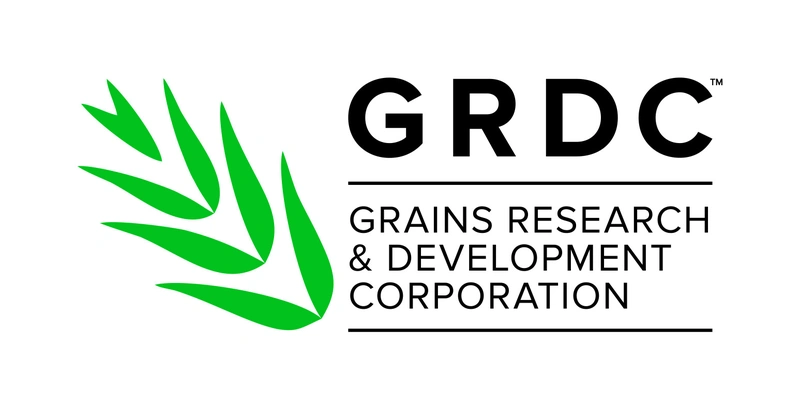
Dylan Hirsch

Nuffield Australia 2018 Scholar
Novel approaches to better managing weather risk
While many grain growers have traditionally managed revenue volatility by ensuring their business has sufficient cash and unleveraged assets on hand to cope with successive poor seasons, increased profit margin pressure means the opportunity cost of this approach can hamper the competitiveness of family farms. That’s according to a report released by 2018 Scholar and Western Australian grain grower, Dylan Hirsch.
With support from Grains Research & Development Corporation (GRDC), Mr Hirsch travelled throughout North America, Europe and the United Kingdom, meeting with farmers, agricultural lenders, insurers, reinsurers and farm lobby groups to better understand global approaches to managing seasonal weather risk. In several case studies of businesses using financial risk management products, Mr Hirsch’s report investigates investment confidence, lending behaviour, land values and profitability.
“Traditionally, Australian grain farmers have adopted strategies like operational and geographic diversity, equity protection through unleveraged assets, and multi-peril crop insurance to manage the risk of drought and other production perils. At the same time, industries like energy supply and distribution have developed more novel financial instruments to better manage revenue volatility caused by seasonal weather.
Travelling through Alberta, Canada, Mr Hirsch met with a wheat, barley and canola grower who illustrated the real value of insurance through what it enabled him to do, rather than the balance or premiums paid and claims made.
“Across a 2,000 hectare cropping enterprise in Red Deer County, Alberta, the business formerly used government supported crop insurance, in conjunction with hail insurance. The issue with this approach was that 70 percent of the yield replacement coverage was based on historical agronomic practices, which didn’t cover the cost of the improved, cutting edge agronomic practices the business implemented when the younger generation returned to the farm.
“The solution was to take out additional private profit margin insurance and completely insure the cost of production, including all business costs, land payments and depreciation. This enabled the business to be completely covered against downside risk and take on opportunistic land purchases and lease opportunities with confidence. Despite spending more on premiums and rarely making claims, the grower was confident the family business had profited from being enable to farm aggressively and make the most of every opportunity.”
The report also details a novel United Kingdom based insurance product called Stable, which has been designed to fill major gaps in price risk management and help farmers manage price volatility.
“In Ireland, index insurance is being incorporated into agricultural finance. The Stable model has developed several products in conjunction with agricultural lenders to the reduce the risk of loan default following poor market prices. It has been used in Ireland for dairy farmers, where the volatility of milk prices is unable to be managed with futures contracts.”
Mr Hirsch concludes that the Australian agricultural industry currently lacks the structures required to attract support for broadscale implementation of insurance programs like those in place in the United States, Canada and the European Union.
“The new age of big data is allowing developing agricultural nations to implement index insurance programs for farmers, which allows them to protect against seasonal production risks at a fraction of the cost of traditional crop insurance programs. The advent of these products in Australia will happen eventually, but the more immediate opportunity is for Australian farmers and the broader industry to shape how these products will function when they get here. Engagement with insurance and finance industries, as well as government, will ensure the industry can fully and collectively realise the benefits of more robust risk management programs.”






















